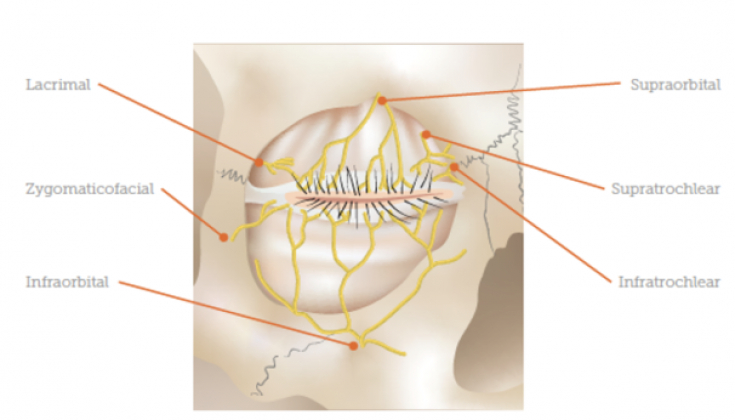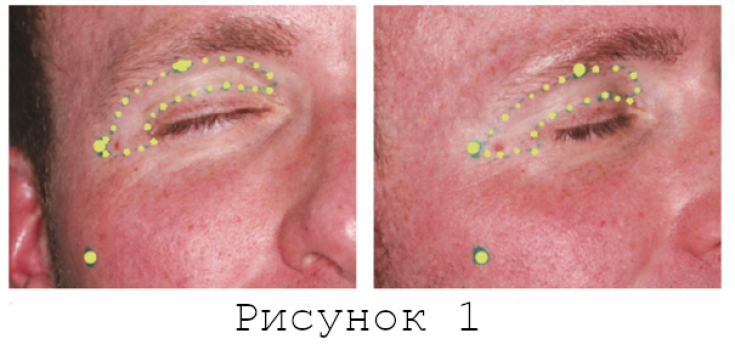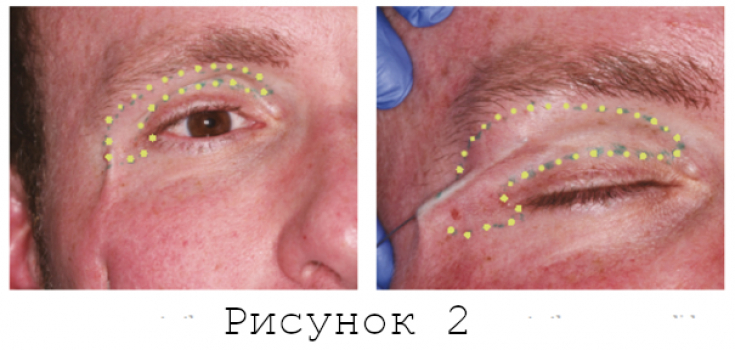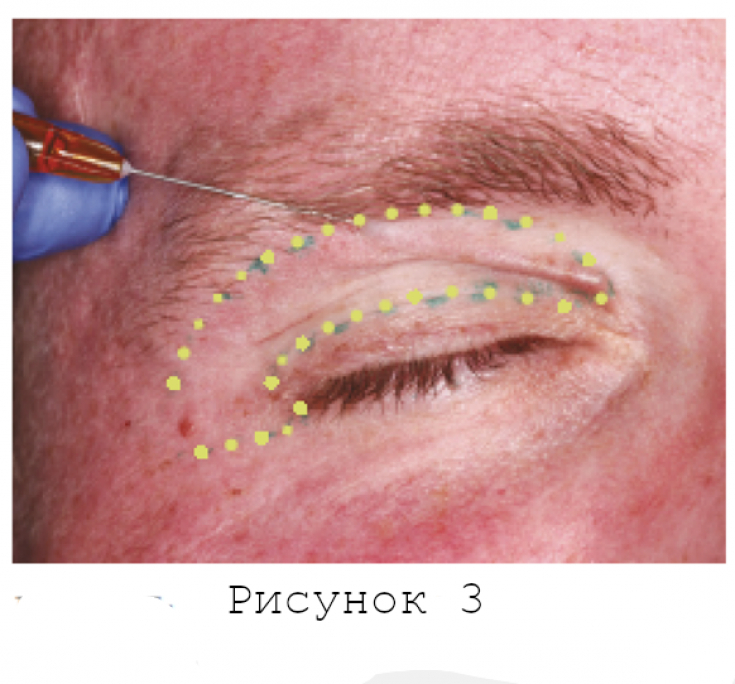In recent years, the use of plasma for the correction of the periorbital region has increased in popularity: to eliminate wrinkles or drooping eyelids.
However, when it comes to this treatment, the saying "beauty requires sacrifice" comes to mind, as the procedure itself can be painful and the aftercare is often lengthy and accompanied by swelling as part of the healing process.
Currently, most practitioners use local anesthetic gels to reduce pain during plasma therapy. But even with topical creams ranging from 4% to 24% lidocaine ̶ , the procedure can still be extremely unpleasant for the patient. With this in mind, on estet-portal.com you can get acquainted with the technique of anesthesia of the periorbital area before plasma therapy.
- Anatomical features of the periorbital region
- Infiltration anesthesia technique of the periorbital region
- Anesthetic choice for correction of periorbital area
Anatomical features of the periorbital region
To achieve pain control, it is important to consider the sensory innervation of the eyelids.
Unfortunately, injection at one point will not anesthetize the entire area, so it is necessary to use the technique with the fewest injection points in the most accessible places.
Before the correction of lateral canthal wrinkles (commonly known as crow's feet), it is necessary to achieve deep anesthesia of the eyelid in order to make the procedure not only effective, but also painless. Sensory innervation to the upper eyelid comes from the ophthalmic branches of the trigeminal nerve via the lacrimal, supraorbital, supratrochlear and infratrochlear nerves.

The infratochlear nerve additionally innervates the medial portion of the lower eyelid. Sensory innervation of the lower eyelid comes from the zygomatic-facial and infraorbital nerves, branches of the maxillary
The effect of infiltration anesthesia occurs almost instantly, and thanks to this, the doctor can immediately start working on the site, as opposed to 30-40 minutes of waiting when using topical anesthesia.
Periorbital Care Requires Jewelcrafting Anesthetic cannula with a wider opening for subcutaneous injection of anesthetic is used: either 25 or 22; this not only facilitates blunt dissection through tissues, but also makes the procedure safer.
The first injection point is on the cheek, which allows the doctor to access the lower eyelid, anaesthetizing the branches of the infraorbital and zygomaticofacial nerves. (fig.1)


The third and final cannula entry point is located below the middle of the eyebrow (Figure 3). From here, the medial part of the upper eyelid can be anesthetized. Thus, the procedure takes approximately

Most often, doctors use 2% lidocaine with adrenaline for infiltration anesthesia. However, recent preference has been given to 3% mepivacaine hydrochloride, which causes less vasodilation than lidocaine.
For complete anesthesia of the upper and lower eyelids, including the crow's feet area, 2-3 ml of anesthetic per side is usually sufficient.
The anesthesia period is about 20-30 minutes. It is for this reason that it is better to start correction from the area of one eye immediately after its anesthesia, and only then carry out anesthesia and correction of wrinkles in the area of the second.Read the latest articles in
Telegram! The patient will experience some pain as the anesthetic infiltrates, or a slight tingling sensation that lasts only a few seconds. It is important to inject slowly to minimize pain.
Read also:Method of skin rejuvenation around the eyes









Add a comment